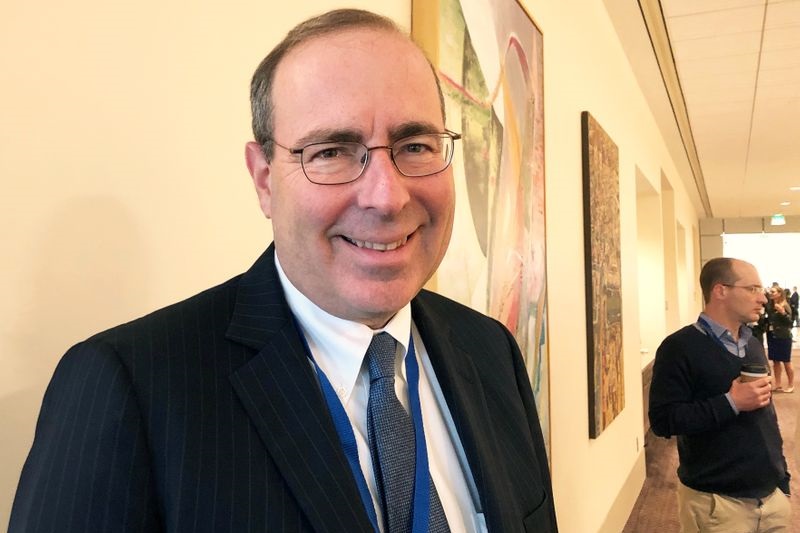(Bloomberg) -- Federal Reserve Bank of Richmond President Thomas Barkin said the central bank needs to keep raising interest rates until it’s clear inflation is running at its 2% target even if the economy weakens to avoid a policy mistake similar to the 1970s.
“I’d like to see a period of sustained inflation under control,” Barkin said in an interview on CNBC Friday. “Until we do that, I think we are going to just have to continue to move rates into restrictive territory.”
While Fed officials view 2.5% as a neutral rate -- the level that neither speeds up nor slows down the economy -- Barkin said there’s uncertainty about the level and his goal was to have interest rates higher than expected inflation, or positive real rates.
Barkin is the latest Fed official to call for continued rate increases even as he said the latest inflation data were encouraging.
Increases in consumer prices slowed to an 8.5% year-over-year pace last month, a report showed Wednesday, from 9.1% in June, which was a four-decade high. A separate report Thursday showed that producer prices fell in July from the month prior, the first drop in more than than two years.
“I want to see real rates across the curve sustained in positive territory,” he said. “I think we are on the brink of moving real rates into positive territory across the curve. We need to sustain it there. And we need to follow through on some of the expectations that are out there in terms of the rate path in order to keep it there.”
Barkin said he was undecided on whether the Federal Open Market Committee should raise rates by 50 basis points or 75 basis points in September, with another employment print and another consumer price index report coming before the meeting. But there’s no debate on whether more action is needed to reduce inflation to the central bank’s target, he said.
Citing research by former Richmond Fed Research Director Marvin Goodfriend, Barkin said the policy mistake of the 1970s was the Fed raising and lowering rates in response to changes in economic conditions even with inflation still too high.
“What you try to do is try to get inflation down on a sustained basis, and then you have the freedom to loosen,” Barkin said. “If you can get to our target for a number of months, that’s what we would like to see.”
©2022 Bloomberg L.P.
